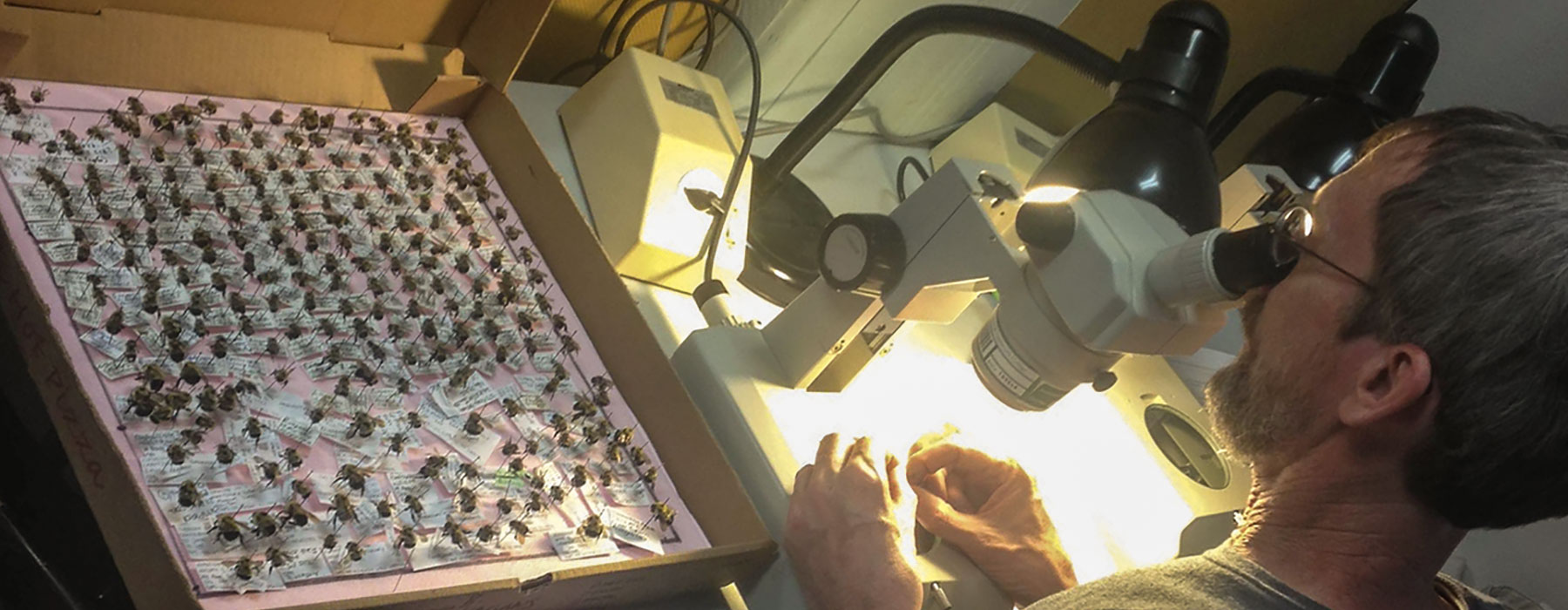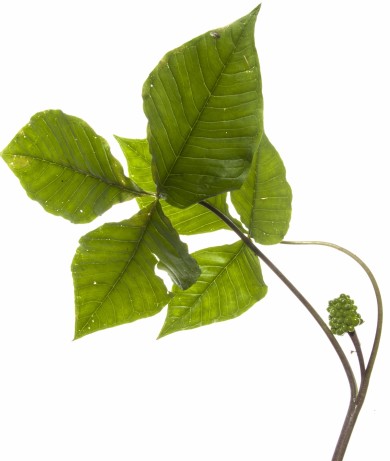It started with a simple question. How many species occur in Vermont? You’d think we’d know this for a small state steeped in a rich tradition of naturalists dating back to Zadock Thompson and his seminal 1842 work on the natural history of Vermont. But, the simple answer is, no one really knows.
The beginning of wisdom is to call things by their correct names. Authoritative lists of scientifically defensible names are the backbone of biodiversity science. The goal of the Vermont Checklist of Species (VTspecies) is to provide an authoritative and comprehensive list of names of all known plants, animals and fungi in Vermont that is continually updated based on the latest science.
We do know how many species there are of some of the popular taxonomic groups like birds (382) or mammals (58). But how many invertebrates are there in Vermont? A back of the envelope estimate puts it at nearly 22,000 species. There are about 2,150 species of plants – about 1,400 are native. We share Vermont with at least 26,000 species, although no one knows for sure just how many. VTspecies aims to change that.
Keeping VTspecies up-to-date is a continuous process, with new information constantly being discovered. VTspecies uses global and regional standardized species lists and taxonomic experts to update and verify the content of VTspecies database.
VTspecies contains valid species names and vernacular names, and extra information such as conservation status. Besides species names, VTspecies also contains the higher classification in which each scientific name is linked to its parent taxon. The classification used is a ‘compromise’ between established systems and recent changes and discoveries. Our aim is to aid data management, rather than suggest any taxonomic or phylogenetic opinion on species relationships.








